How To Develop A Cartoon Style
27 top character design tips
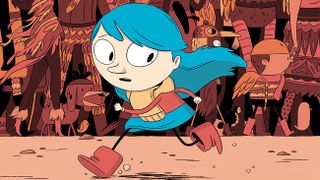
The process of tackling character design is often full of hurdles. You need a whole lot of creative thinking to create your own character from scratch, although many of the well-known characters from cartoons, advertising and films look straightforward. Actually, a vast amount of effort and skill will have been exerted to make them so effective.
From Mickey Mouse's famous three-fingered hands (drawn to speed up production when he was first developed for animations in the 1920s), to the elegant simplicity of Homer Simpson, creating character has always been about keeping it simple. To explore these, and other iconic characters, further, see our guide to Disney Plus).
- Get Adobe Creative Cloud
But what do you need to consider for your character design? Aside from clean lines and easily readable features, there's knowing what to exaggerate and what to minimise, how to give a hint of depth and background and what to do to develop personality.
Then, of course, there's the matter of the technicalities of how to draw your character design. If it's going to be used in motion or as part of a comic strip, you'll need to make sure it works from any angle.
For this article, we asked a range of leading artists and illustrators their advice on creating memorable, unique character designs. Many of these tips come from Pictoplasma, an annual character design festival in Berlin.
Tips for brilliant character design
01. Don't lose the magic
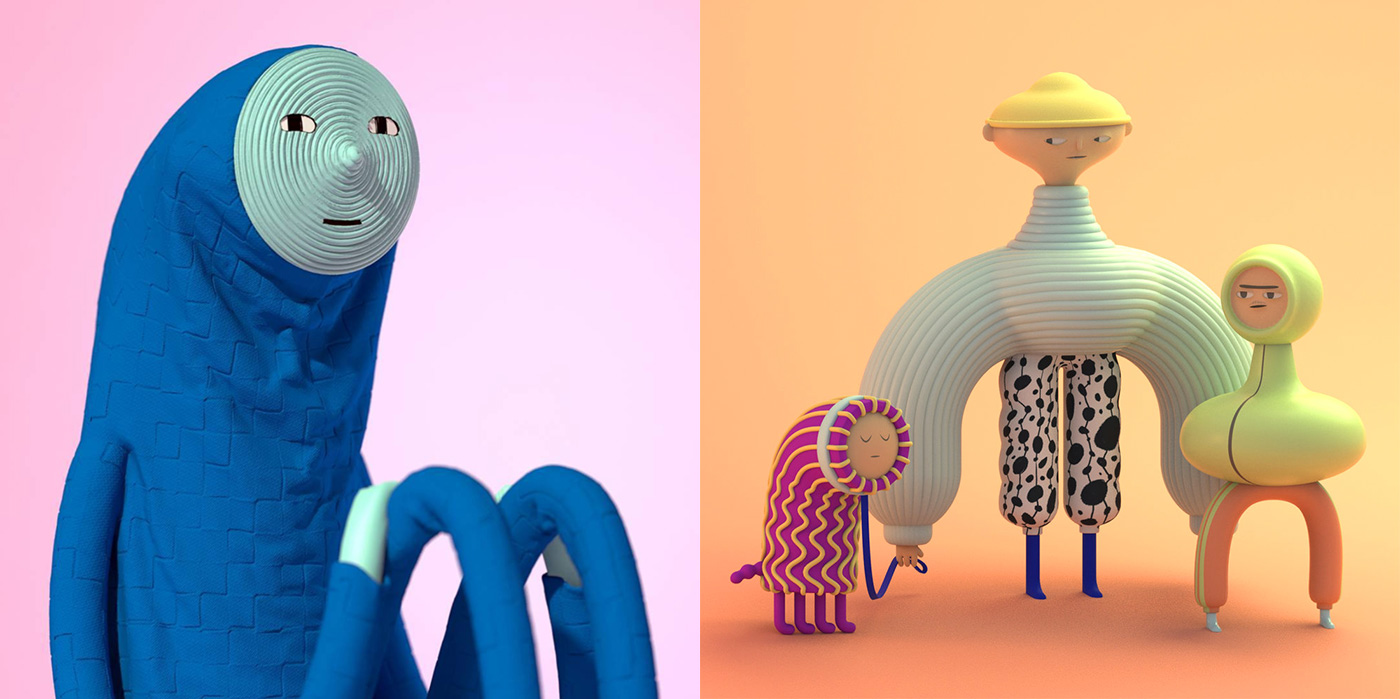
Many character designers will start their project with a sketch. And most agree designers agree this is often where the essence of the character is captured. So when you're working up your design, make sure you don't lose that magic.
"I try to stick to my original drawing style, because the instinct is to try and clean it up," says Laurie Rowan. "I don't like to feel like I've created by characters; I like to feel like I've kind of just encountered them."
"When starting out on your character design, don't get caught up in the details," says Pernille Ørum. "Decide what you're trying to communicate, then create loose sketches with movement, acting and flow. As soon as you start to tighten up the drawing, you'll automatically lose some of the dynamic, so it's important to have as much life in the early stages as possible. Movement is all but impossible to add later, so make sure it's in the initial sketch."
02. Step away from the reference material
While inspiration needs to come from somewhere, the aim is to create something original. So Robert Wallace – known as Parallel Teeth – suggests not having the reference material right in front of you as you work.
"If you look at something and then you try and hazily remember it in your mind, that's when you end up making something new, rather than a pastiche of something," he says. Above you can see Wallace's new take on well-known festive figures, created for a Hong Kong department store.
03. Research other characters
For guidance, it can be helpful to try and deconstruct why certain character designs work and why some don't. There's no shortage of research material to be found, with illustrated characters appearing everywhere: on TV commercials, cereal boxes, shop signs, stickers on fruit, animations on mobile phones, and more. Study these character designs and think about what makes some successful and what in particular you like about them.
"When you work with characters you need to be inspired," advises Ørum, "and you can do this through research. Your mind is a visual library that you can fill up. Try to notice people around you – how they walk, their gestures, how they dress – and use that in your design."
04. ... but also look elsewhere
It's also a good idea to look beyond character designs when hunting for inspiration. "I like birds' mating rituals a lot," laughs Rowan. The odd movements can spark unique character behaviour.
"When I begin a project, I often start with the feeling I want to evoke," he adds. The process begins with the designer taking videos of himself as a reference, trying to capture something of the character idea's movement or posture.
Other inspirations include ceramics – an organic texture and muted colour palette stop his work feeling too clinical – and folk costumes.
05. Don't lose sight of the original idea
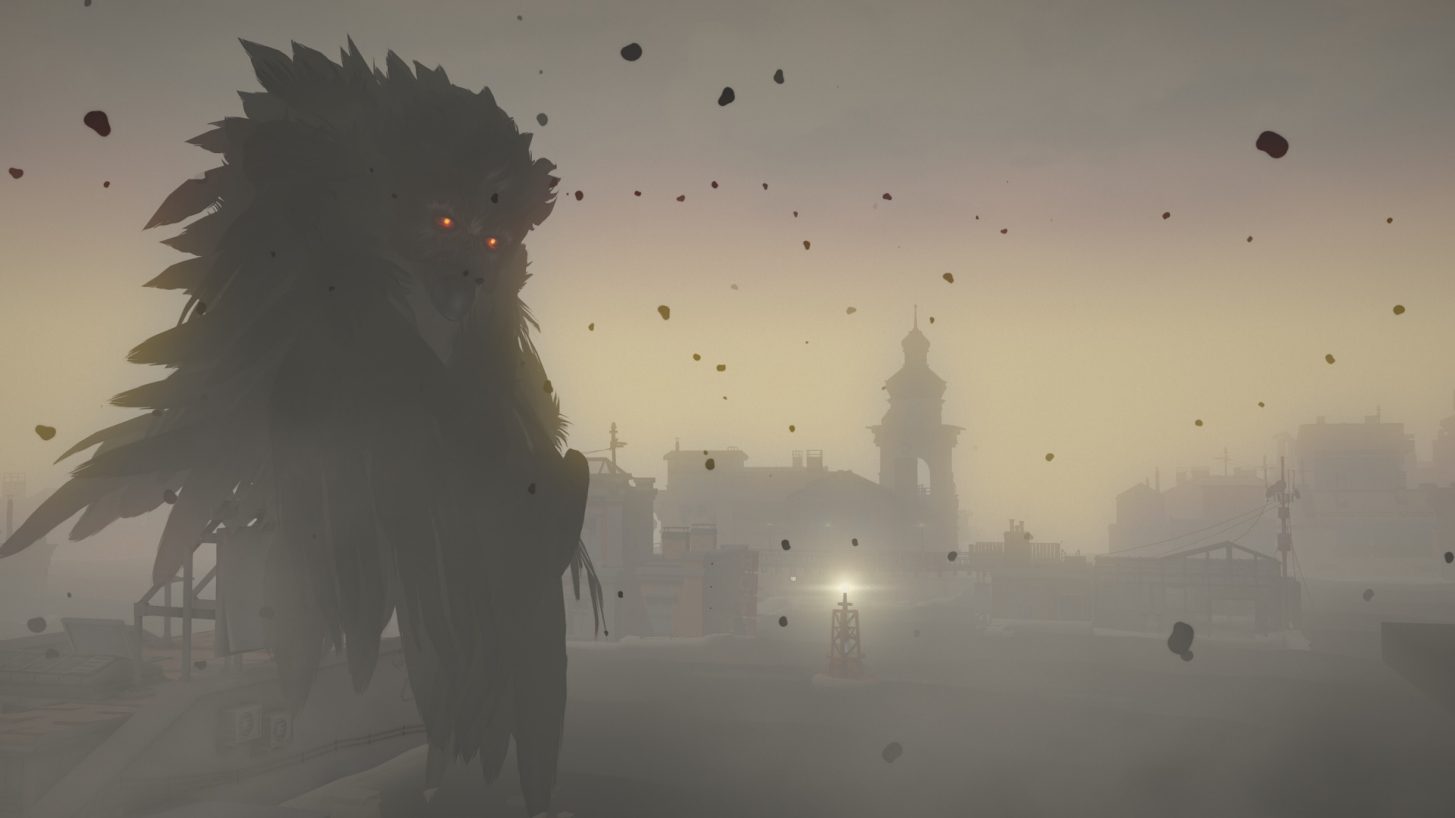
It's easy to subconsciously let our favourite designs influence us. Cornelia Geppert, CEO of indie games studio Jo-Mei, is a huge fan of The Last Guardian, with its unique aesthetic and great video game character designs.
At one point one of her team members had to say to her that their Sea of Solitude design was looking a little too similar to The Last Guardian. She looked back at her initial artworks, and it brought back the feeling she had when creating them. The project shifted back on track.
06. Exaggerate
Exaggerating the defining features of your character design will help it appear larger than life. Exaggerated features will also help viewers to identify the character's key qualities. Exaggeration is key in cartoon caricatures and helps emphasise certain personality traits. If your character is strong, don't just give it normal-sized bulging arms, soup them up so that they're five times as big as they should be.
The technique of exaggeration can be applied to characteristics, too. Anna Mantzaris' hilarious Enough film (above) shows everyday characters in mundane situations, doing the things we've all dreamed of doing on a bad day. "I think it's fun with animation that you can push things further, and people will still accept it as real," she says. "With live action it would look absurd. You can also push the emotion further."
07. Decide who your character design is aimed at

Think about your audience. Character designs aimed at young children, for example, are typically designed around basic shapes and bright colours. If you're working for a client, the character's target audience is usually predetermined, as Aussie artist Nathan Jurevicius explains.
"Commissioned character designs are usually more restrictive but no less creative. Clients have specific needs but also want me to do my 'thing'. Usually, I'll break down the core features and personality. For example, if the eyes are important then I'll focus the whole design around the face, making this the key feature that stands out."
08. Make your character distinctive

Whether you're creating a monkey, robot or monster, you can guarantee there are going to be a hundred other similar creations out there. Your character design needs to be strong and interesting in a visual sense to get people's attention.
When devising The Simpsons, Matt Groening knew he had to offer the viewers something different. He reckoned that when viewers were flicking through TV channels and came across the show, the characters' unusually bright yellow skin colour would grab their attention.
09. Create clear silhouettes
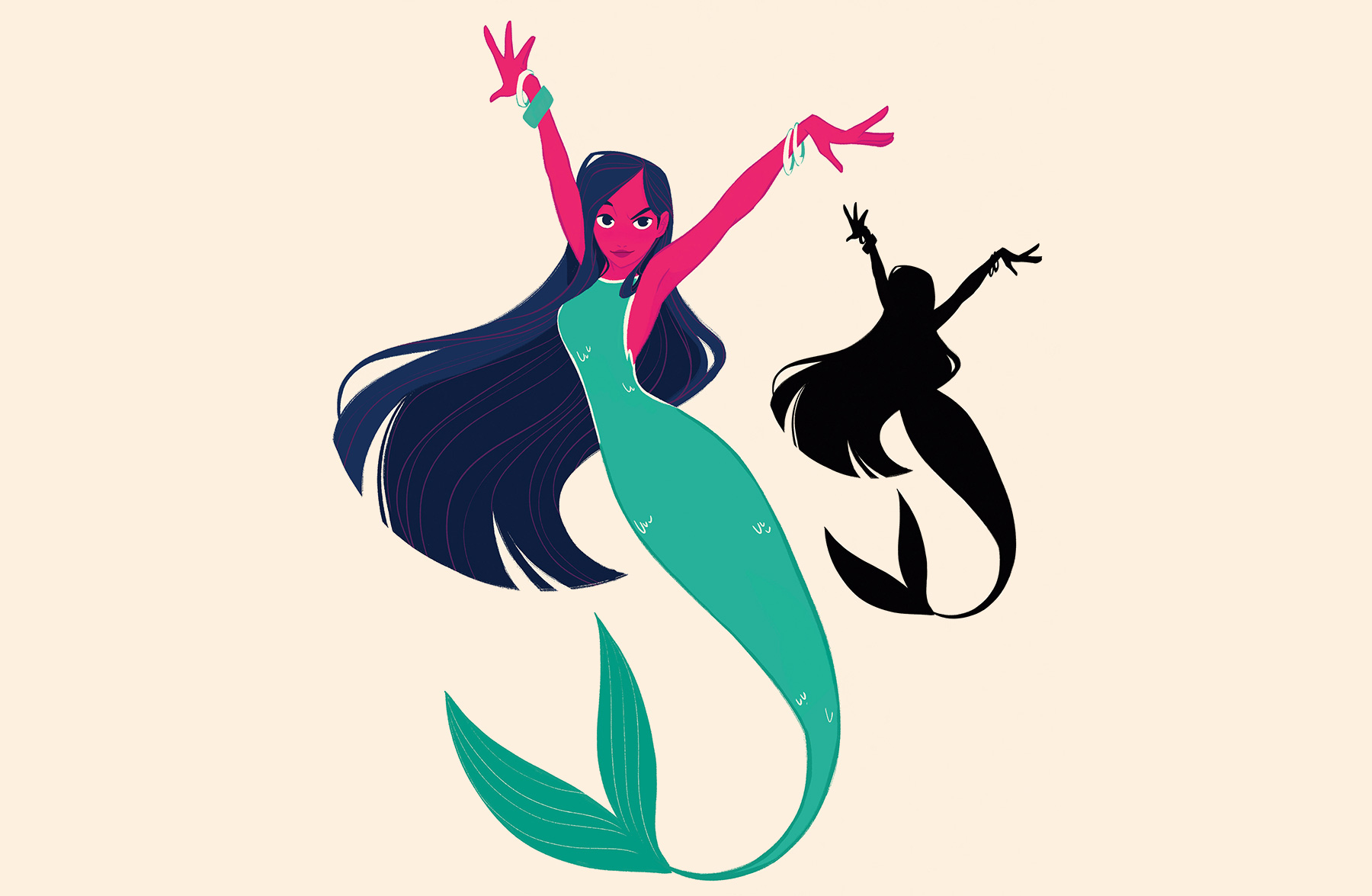
Another good way to make your character distinct and improve its pose, says Ørum, is to turn it into a silhouette. "Then you can see how the character 'reads' and if you need to make the gesture more clear. Do you understand the emotion of the character and see the line of action? Can things be simplified? Try not to overlap everything, and keep the limbs separate."
07. Develop a line of action
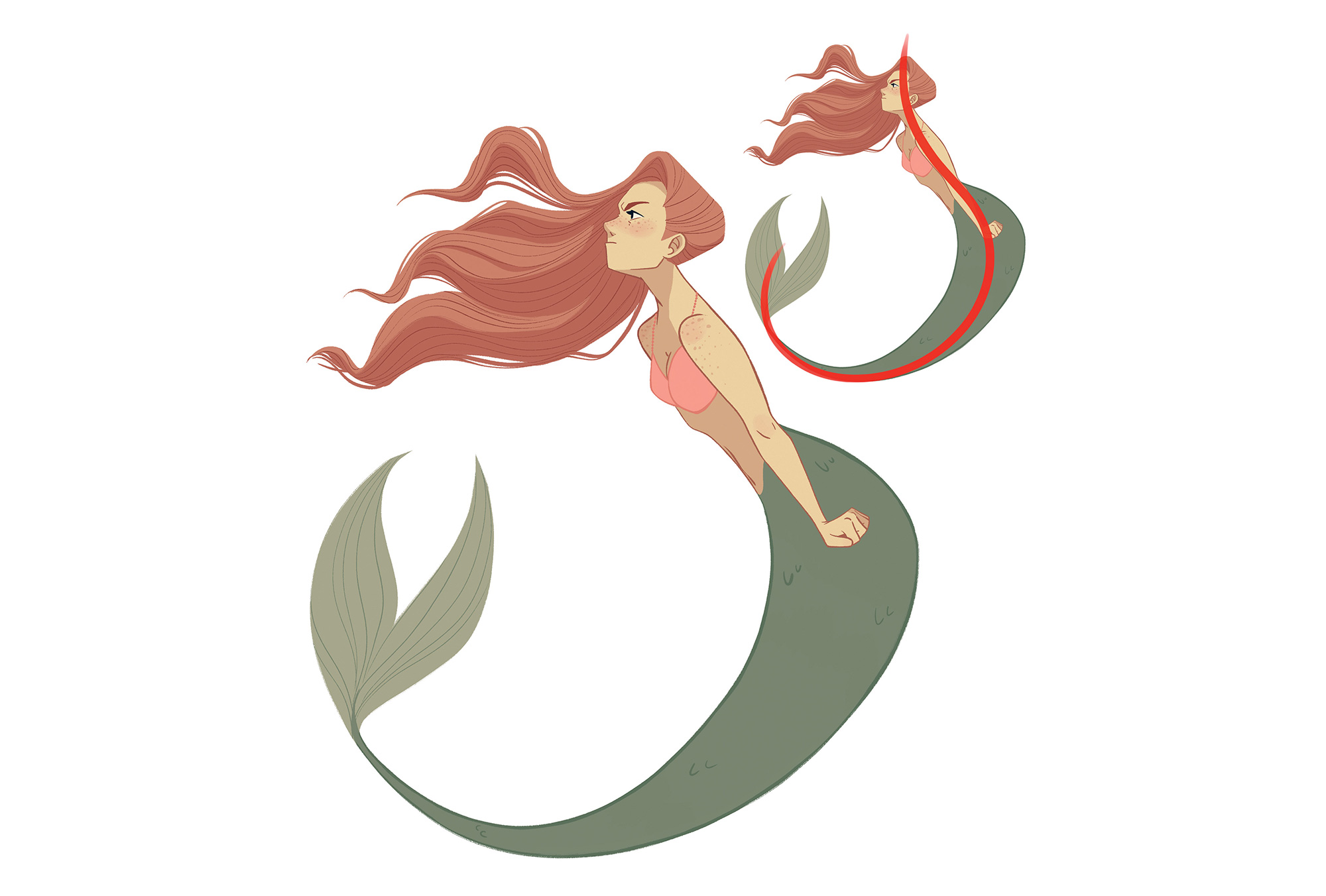
One key aspect to consider when creating a character design is the line of action. This is what defines the direction of your character, as well as being a useful narrative tool and bringing a feeling of movement.
"Try to bring the line of action all the way out to the extremities," says Ørum. "A ballet dancer is a good example: they emphasise the line from the tips of their toes to the tips of their fingers. The line of action is also easier to see in creatures with fewer limbs, which is why mermaids are an ideal subject for developing a strong line of action."
08. Make it personal
Geppert's Sea of Solitude video game is an exploration of her experiences of loneliness. Intensely personal though it may be, the game hit a chord with audiences when it was previewed at E3 earlier in the year, because it deals with an experience that is so universal yet still strangely taboo.
"The best art is based on personal experiences. People can relate better if it's based on the truth," says Geppert. "It's not a made-up story, even though it's based in a fantastical setting."
09. Find the posture first
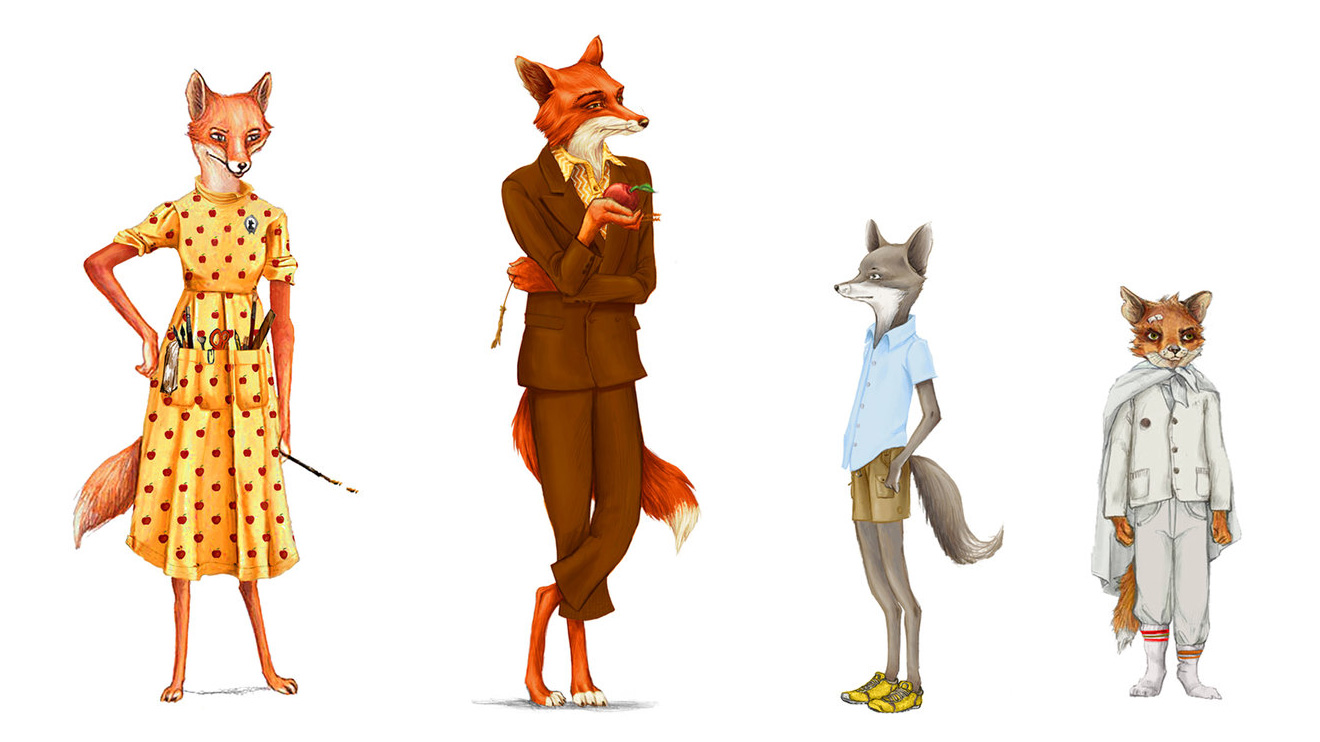
Félicie Haymoz has worked with Wes Anderson on both of his animated features: Fantastic Mr Fox and Isle of Dogs. When embarking on a new character design, Haymoz likes to start by finding the individual's posture. This element can start the ball rolling on the whole feel of the personality. "I try to capture the stance of the character. Are they hunched over, or are they sitting straight and proud?" She also notes the face is important to get right.
Read more of Haymoz's film character tips here.
10. Consider line quality
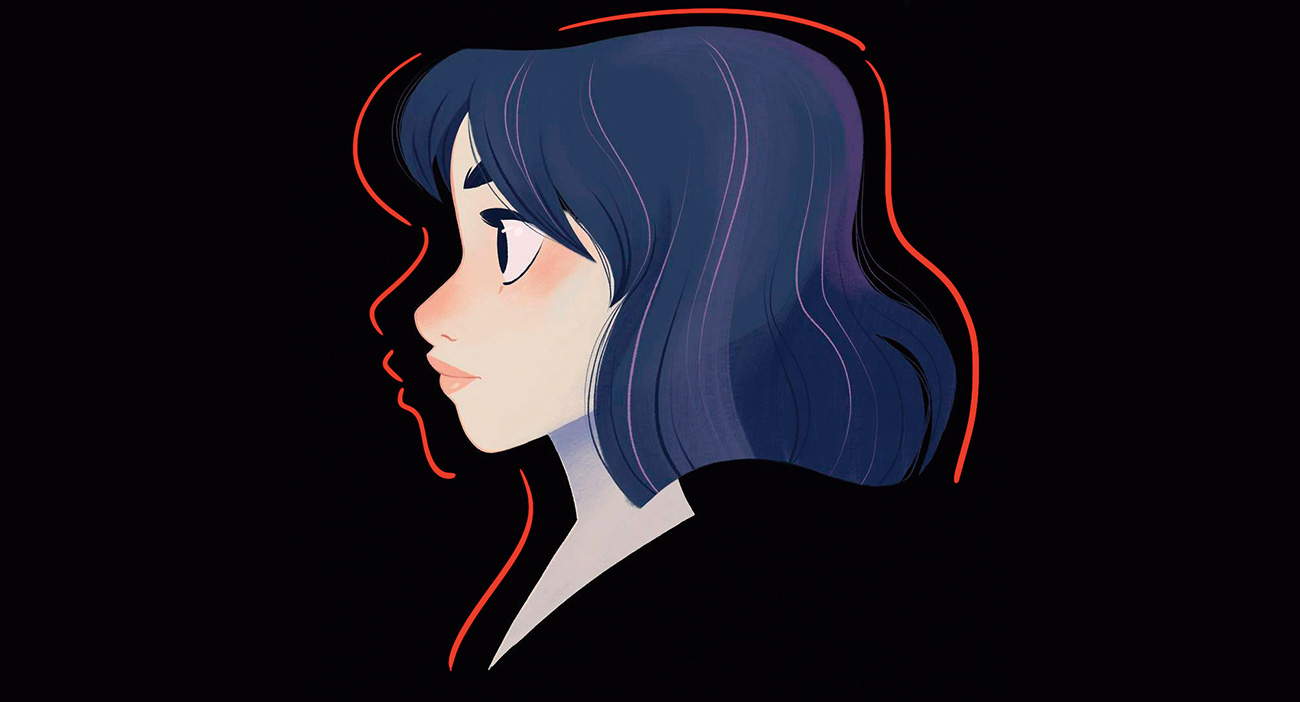
The drawn lines of which your character design is composed can go some way to describing it. Thick, even, soft and round lines may suggest an approachable, cute character, whereas sharp, scratchy and uneven lines might point to an uneasy and erratic character.
Ørum recommends balancing straight and curved lines. "Straight lines and curves gives your character design a rhythm. A straight line (or a simple line) leads the eye quickly, while a curved (or detailed line) slows down the eye.'
It's also worth considering the balance between stretch and compression. "Even a neutral pose can lead the eye by applying these two approaches, resulting in an effective character design," says Ørum.
11. Use a joke structure
Rowan grew a name for himself by sharing humorous clips of his characters on Instagram, and went on to work on projects for Disney, the BBC and MTV, and earned himself a BAFTA award and nomination in the process. However, it was his less successful years doing standup comedy that provided inspiration for his trademark character animations.
"It's through standup I learned brevity. It's kind of a joke structure," he explains. Knowing how to frame the clip comes from past failures and successes on stage: "You very quickly learn how to hit certain points," he laughs.
12. Keep it simple
As well as knowing when to exaggerate, Ørum is also keen to highlight the importance of simplicity. "I always try to communicate the designs with the fewest lines possible. It doesn't mean that work hasn't been put into creating the volume, placement and design of the character, but I try to simplify as much as possible and only put down the lines and colours that conveys the necessary information."
13. Consider all the angles
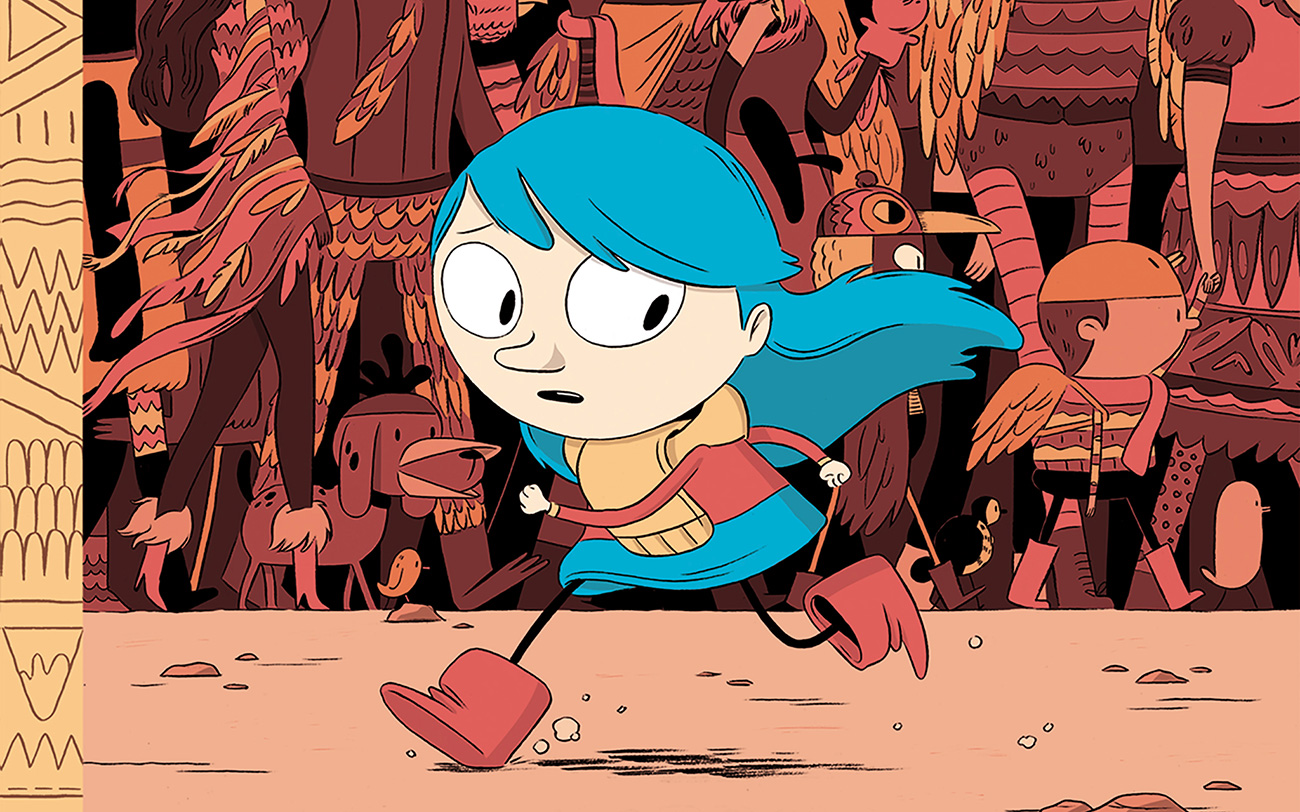
Depending on what you have planned for your character design, you might need to work out what it will look like from all angles. A seemingly flat character can take on a whole new persona when seen from the side if, for example, it has a massive beer belly.
In the Character Design Crash Course workshop at Pictoplasma 2019, Jurevicius and Rilla Alexander asked attendees to sketch their character in poses held by other attendees, life drawing style.
And if you're going to turn it into a comic strip, a la Luke Pearson's Hilda, it'll need to not only make sense from all angles, but look good too.
"How to draw Hilda from behind without her hair swallowing her silhouette", how to draw her beret from above; a long and drawn out battle with how her nose should look… these were all issues Pearson had to deal with when creating his character. The problems all ultimately led to design solutions.
14. Build it in 3D
If your character is going to exist within a 3D world, as an animation or even as a toy, working out its height, weight and physical shape is all important. Alternatively, go one step further and create a model.
"Even if you're not someone who works in 3D, you can learn a lot by converting your character into three dimensions," says Alexander. It's a key part of the process the students follow at the Pictoplasma Academy.
15. Choose colours carefully
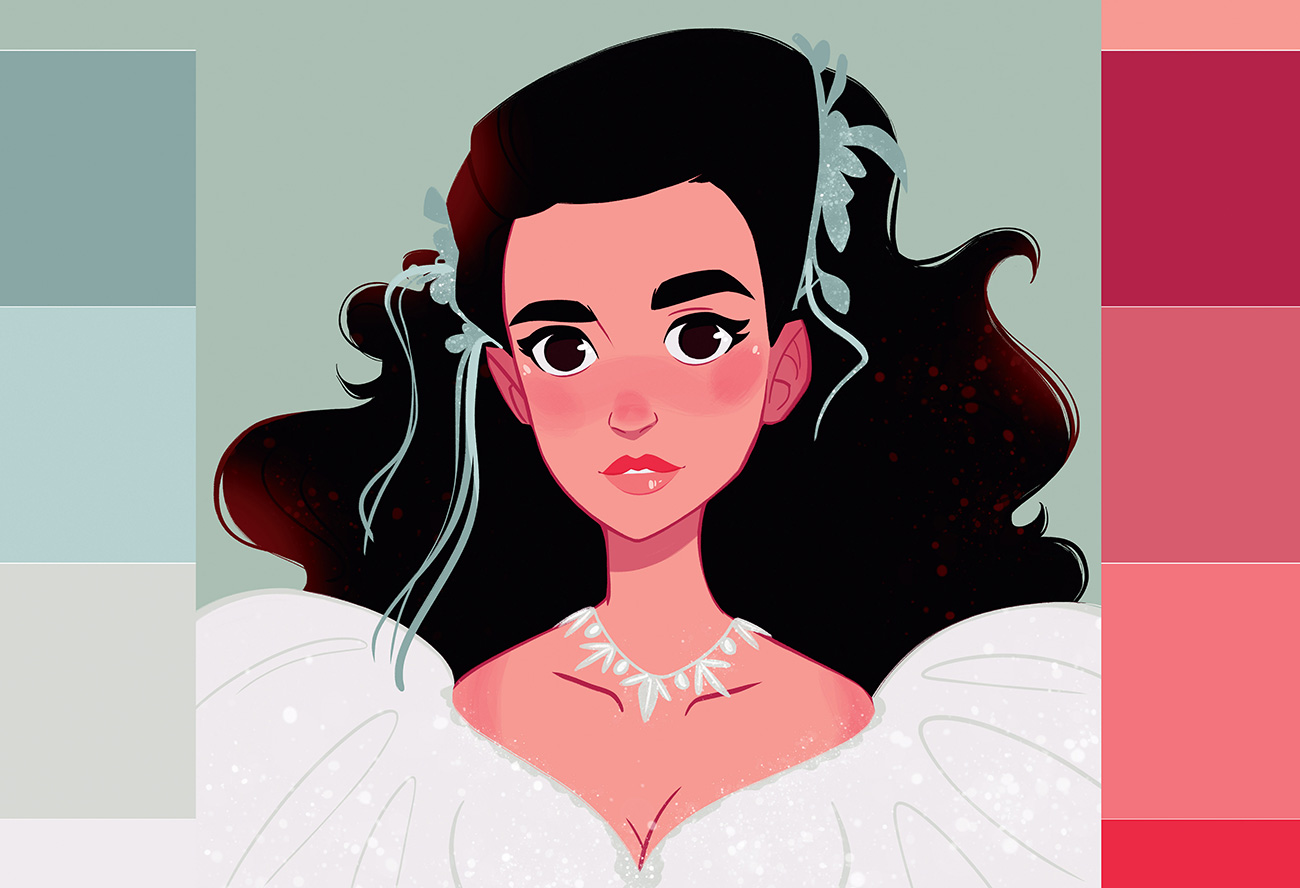
Colours can help communicate a character's personality. Typically, dark colours such as black, purples and greys depict baddies with malevolent intentions.
Light colours such as white, blues, pinks and yellows express innocence and purity. Comic-book reds, yellows and blues might go some way to giving hero qualities to a character design.
"To choose effective colours, it's important to understand the basic rules of colour," explains Ørum. "Become familiar with the primary, secondary and tertiary colours, as well as monochromatic and complementary colours. One technique for generating an effective colour palette is to chose two complementary colours and work with them in a monochromatic colour scheme."
"You'll create balance because complementary colours create dynamism, while monochrome colours invoke feelings of calm. You could also try a tertiary colour scheme, which adds a third colour (for example, violet, orange and green), and then work with monochromatic versions of those colours, but it demands more planning and skill for it to work well. If you're new to colour, try and keep it simple."
To read more on this, see our post on colour theory.
16. Don't forget the hair
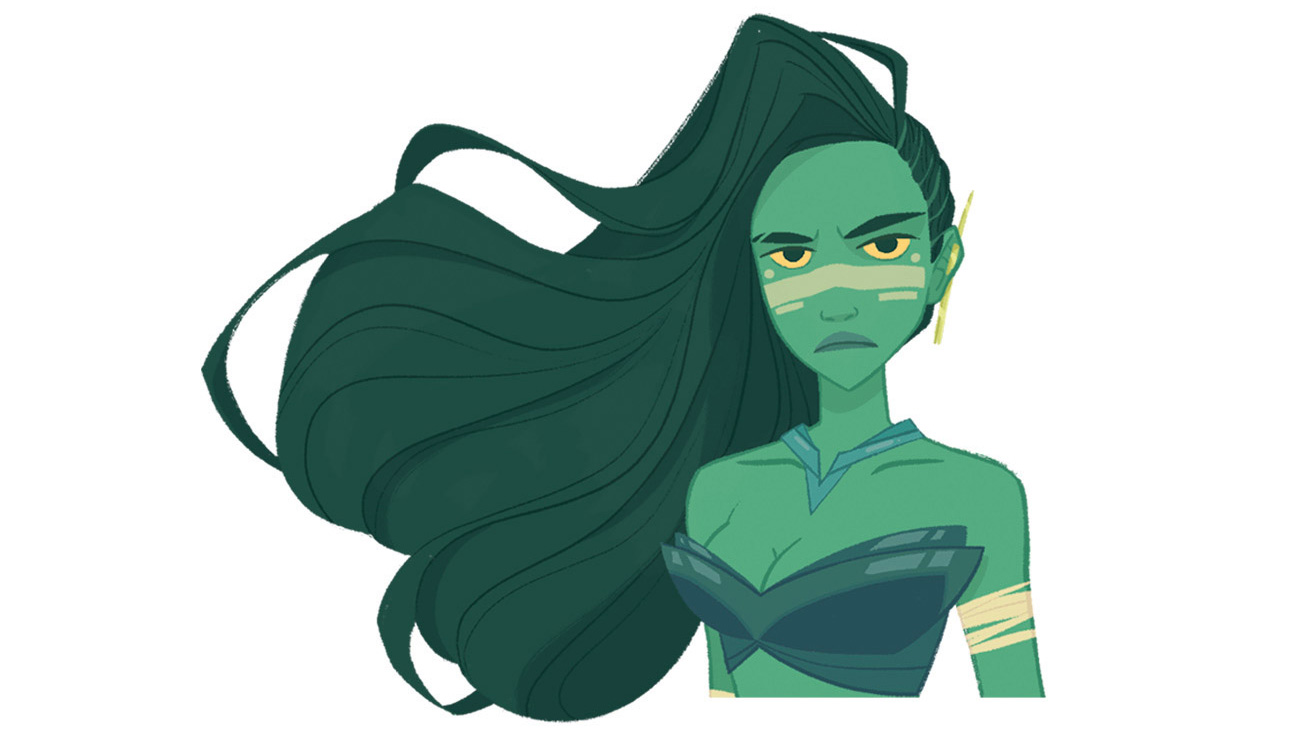
"Some years ago I went from hating drawing hair to loving it," Ørum. "Previously, I used to view working out all the details and directions of the hair as a tedious endeavour. Now I think of it more as a large, organic shape, which like a flag in the wind indicates and emphasises the movement of the character or its surroundings.
"Start by creating a large shape and divide it into shorter sections, while thinking about where the hair is parted and where the hairline is. Every line should help to define the volume, shape and direction of the hair."
17. Add accessories
Props and clothing can help to emphasise character traits and their background. For example, scruffy clothes can be used for poor characters, and lots of diamonds and bling for tasteless rich ones. Accessories can also be more literal extensions of your character's personality, such as a parrot on a pirate's shoulder or a maggot in a ghoul's skull.
- 30 inspiring examples of 3D art
Next page: More top character design tips...
18. Focus on facial expression
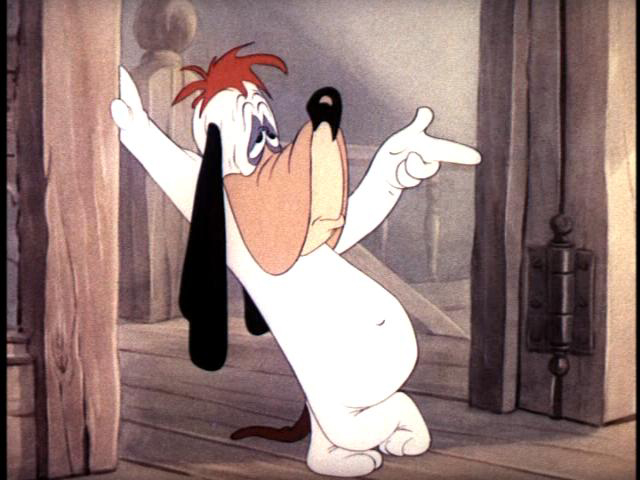
Expressions showing a character's range of emotions and depicting its ups and downs will further flesh out your character. Depending on its personality, a figure's emotions might be muted and wry or explosive and wildly exaggerated.
"When you know the basics of drawing a face, play with the expression of the character," says Ørum. "Use a mirror to read your own face and notice the subtle changes. Push and pull the eyebrows to show emotion. Avoid giving the face symmetry. The mouth will always favours a side and it gives life to the drawing. And give the head a tilt to add nuance."
Classic examples of exaggerated expressions can be found in the work of the legendary Tex Avery: the eyes of his Wild Wolf character often pop out of its head when it's excited. Another example of how expressions communicate motions is deadpan Droopy, who barely registers any sort of emotion at all.
19. Give your character goals
The driving force behind a character's personality is what it wants to achieve. This missing 'something' – be it riches, a girlfriend or solving a mystery – can help to create the dramatic thrust behind the stories and adventures your character gets up to. Often the incompleteness or flaws in a character design are what make it interesting.
20. Build up a back story
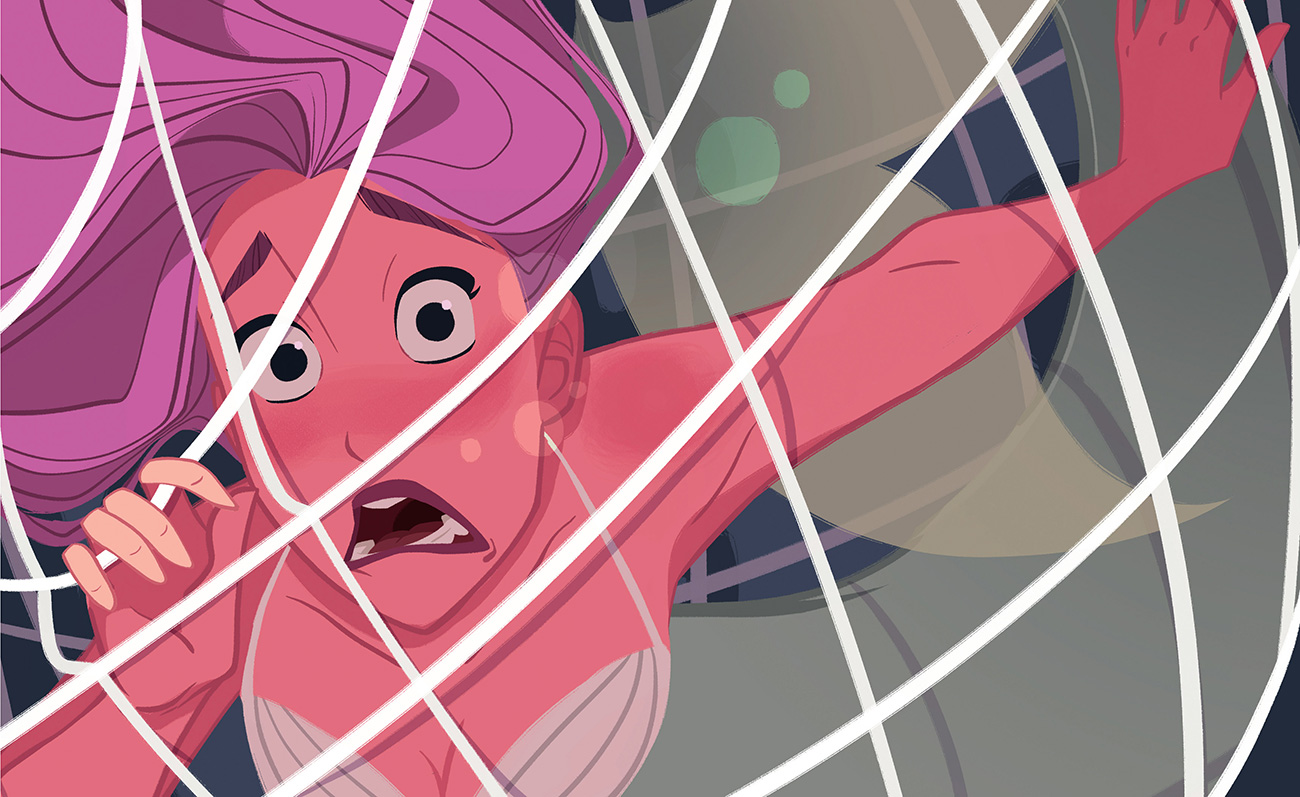
If you're planning for your character design to exist within comics and animations, then developing its back story is important. Where it comes from, how it came to exist and any life-changing events it has experienced are going to help back up the solidity of, and subsequent belief in, your character. Sometimes the telling of a character's back story can be more interesting than the character's present adventures.
"If you're experiencing problems when attempting to nail the essence of a character, try thinking of them in a certain situation," Ørum advises. "Use the story to think about your character's emotions before tackling the design, and add the details afterwards. Setting the scene is the best help when staring at a blank piece of paper, and it makes the process more fun, too!"
21. Remember it's not all about the face
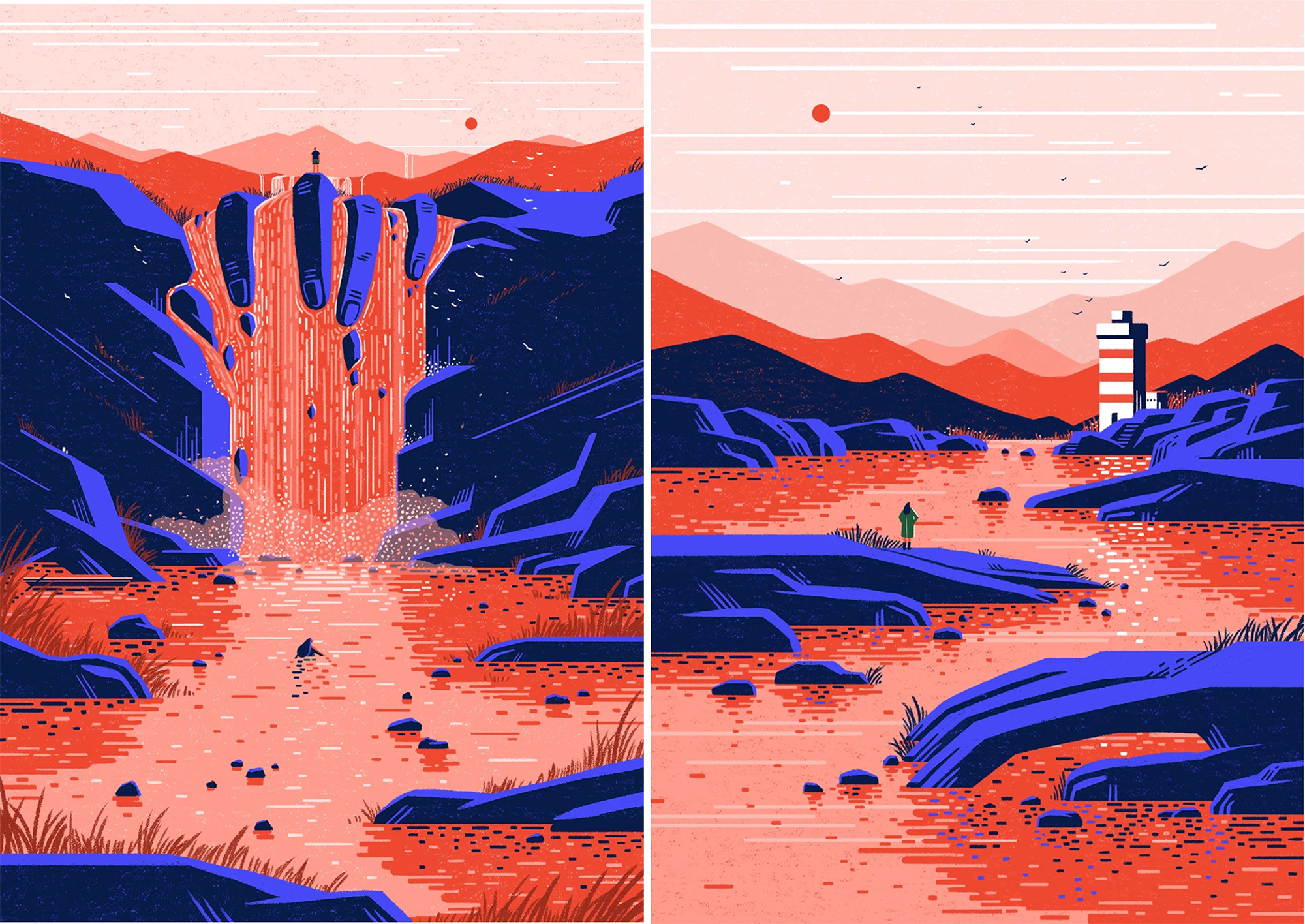
Yukai Du is not what you'd call a typical character designer: none of her work features faces. Instead, her body part of choice is the hands. Having found she wasn't good at capturing specific emotions within a facial expression, she turned to a different body part: the hands. "Hands are very expressive. You can tell a lot of stories with hands, and do it in a very subtle way," she says. Hands became her way of telling stories.
22. Make your character design flexible
Having decent software and materials to work with is useful, but not essential, when it comes to bringing your character to life. A lot of amazing characters were successfully designed years ago when no one had personal computers and Photoshop CC was just a dream.
If you character is really strong, you should be able to capture it with just a pen and paper. Or, as Sune Ehlers puts it: "The character should still be able to work with a stick dipped in mud and drawn on asphalt."
- Top Photoshop tutorials
23. Get feedback from others
Show people your creations and ask them what they think. Don't just ask whether they like them or not. Instead, see if they can pick up the personalities and traits of your characters. Find who you think is the suitable or ideal audience for your work and get feedback specifically from them about it.
24. Make it honest
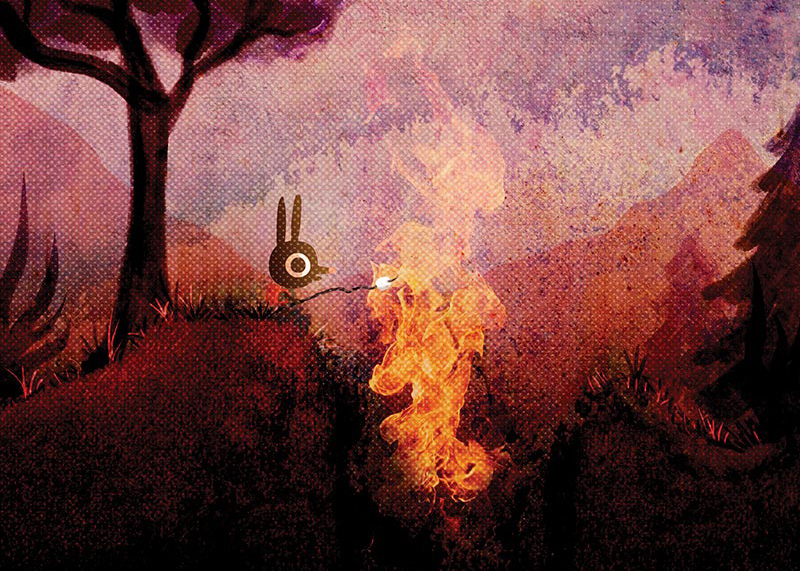
"A lot of my commercial project come out of my personal work. That's why I try to make my personal work so honest to what I like. I think it comes through to the viewer that I'm not just ticking boxes," says John Bond. The illustrator recently launched his debut picture book, NOT LOST, based on his Mini Rabbit character design.
25. Create the right environment
In the same way that you create a history for your character, you need to create an environment for it to help further cement believability in your creation. The world in which the character lives and interacts should in some way make sense to who the character is and what it gets up to.
26. Fine-tune your figure
Question each element of your creation, especially things such as its facial features. The slightest alteration can have a great effect on how your character is perceived.
Illustrator Neil McFarland advises: "Think about the meaning of the word 'character'. You're supposed to breathe life into these things, make them appealing and give them the magic that will allow people to imagine what they're like to meet and how they might move."
27. Don't be afraid to make changes
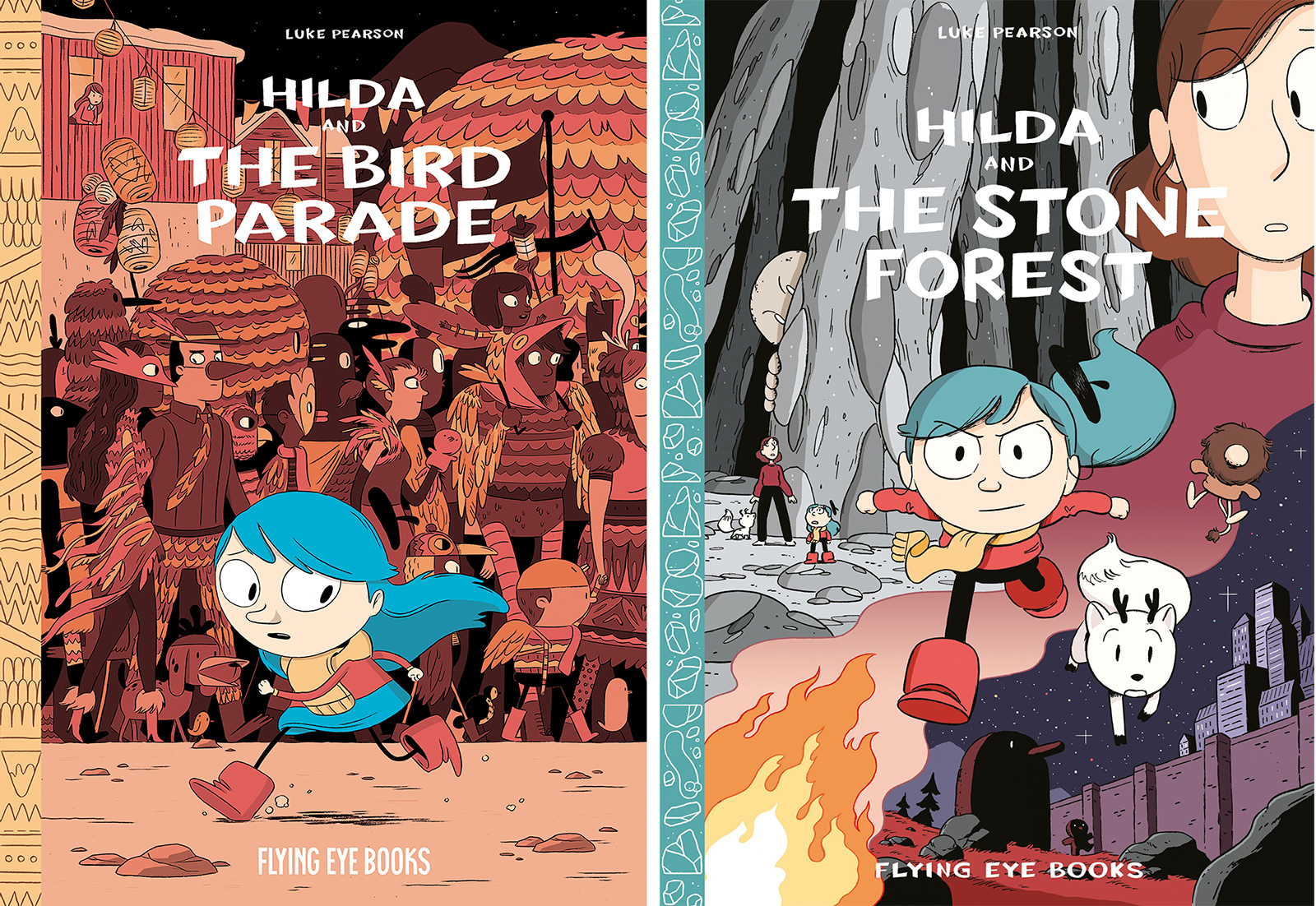
Hilda has changed over the years, from book to book, but Pearson explains that no one has pulled him up on it. "I like to think it means the design is strong enough to withstand being pulled in all these different directions," he says.
This article contains content that was originally published in Computer Arts and ImagineFX magazine. Subscribe to IFX here .
Read more:
- Best drawing tablets in: Our pick of the best graphics tablets
- Understand Disney's 12 principles of animation
- How to draw a face

Rosie Hilder is the deputy editor of Creative Bloq. Before joining the CB team in 2018, she worked on a range of print titles, including Time Out Buenos Aires, Computer Arts, 3D World, Paint & Draw and Mac|Life. Her interests lie in branding and illustration, tech and sexism, and plenty more in-between.
Related articles
How To Develop A Cartoon Style
Source: https://www.creativebloq.com/character-design/tips-5132643
Posted by: cooperwrout1998.blogspot.com

0 Response to "How To Develop A Cartoon Style"
Post a Comment